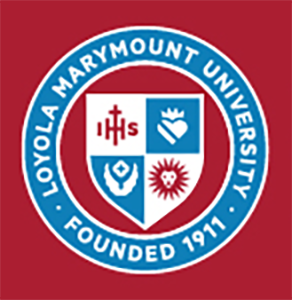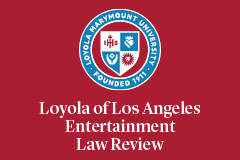Abstract
Nearly a century ago, the International News Service appropriated news articles from its competitor, the Associated Press, without expending time, labor, or money. Naturally, the Associated Press took exception to this anticompetitive business practice. To resolve the conflict, the Supreme Court created the hot news misappropriation tort, which proscribed the copying of breaking news items collected by a commercial competitor. Over the years, the hot news misappropriation tort has survived in spite of the oft-used critique that it seeks to protect the same rights and privileges as copyright infringement, and therefore should be rendered null and void by the copyright preemption section of the Copyright Act.
In 2011, the tort took center stage once again in Barclays Capital Inc. v. Theflyonthewall.com, as powerful investment banks sought to prevent an online financial news aggregator from appropriating its investment recommendations. Ultimately, the Second Circuit Court of Appeals ruled in favor of the financial aggregators, and called the continued viability of hot news misappropriation into question. In light of the Second Circuit’s recent decision, this article criticizes the Second Circuit for failing to recognize the qualitative differences between hot news misappropriation and copyright preemption. Specifically, hot news misappropriation rewards the diligent effort undertaken to collect the news with a limited right to publish news, at least while it remains valuable, while federal copyright laws reward originality by granting authors exclusive rights exercisable against anyone. Furthermore, in an effort to clearly delineate when hot news appropriation should survive copyright preemption, this article advocates for the use of a five-part extra element test.
Recommended Citation
Sean Winston Montgomery,
Extra!! Extra!!: The Viability of the Hot News Misappropriation Claim Is in Jeopardy,
32 Loy. L.A. Ent. L. Rev. 365
(2012).
Available at: https://digitalcommons.lmu.edu/elr/vol32/iss3/4


